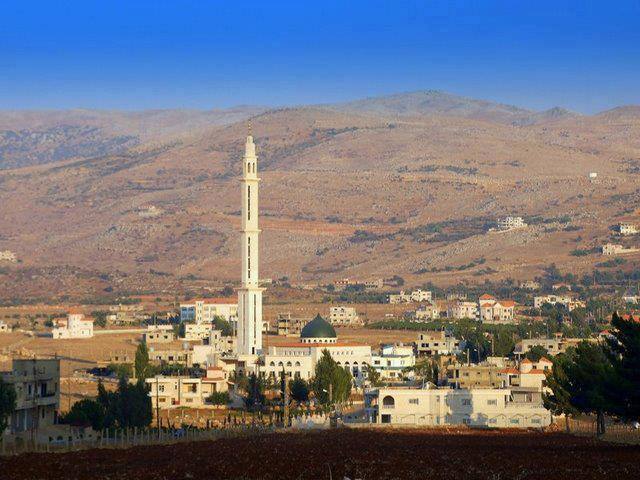
KRCA is a cultural association with the sole purpose of bringing the community of Kherbet Rouha together in Edmonton, AB and beyond. Kherbet Rouha is a town in the Rashaya District of Lebanon. It lies in the Bekaa Valley, about 10 kilometres (6 mi) northwest of Mount Hermon at coordinates: 33°34'16"N 35°51'9"E. The town is known for its Sunni Muslim conservatism along with having the largest mosque towers in Lebanon(100 m or 330 ft in height). People from Kherbet Rouha have migrated to many points around the world, chiefly Canada, The USA, Brazil, and UAE. In Canada most families originating from Kherbet Rouha are represented in Edmonton, Alberta and Calgary, Alberta. North America also has many citizens from Kherbet Rouha that live in other cities such as Lac La Biche, Windsor, Woodstock, London, Toronto and Dearborn, Michigan. There is also a small group of early immigrants to the United States who settled in the Turtle Mountain region of North Dakota. Several families still remain there almost a century later. It is still possible to visit one of the oldest Islamic cemeteries in the United States in Dunseith, North Dakota, with tombstones dating back to the early 20th century. The current Mayor, AbdulRahman Hajar, has been re-elected to serve 3 terms. The name Kherbet Rouha literally translates to mean broken soul. A legend[citation needed] says the village originally was named Madinat Al Rouha'a which translates to mean the City of Souls, but many wars and natural disasters "broke" the village seven times giving it a broken soul. It is also believed[who?] that the meaning of Kherbet Rouha is of Turkish origin, Kherbet meaning 'Village' and Rouha meaning "Soul" making the translation of the name to "Village of Souls'. Kherbet Rouha's land is both on the mountain side and in the valley. Most of Kherbet Rouha's occupants until recently[when?] lived off of their land. The majority of valley land was used for growing wheat, chickpeas (hummus), lentils, sunflower, cucumbers and sometimes a local breed of watermelons which don't grow very large, are brighter red inside with a thin shell and have few but much larger than usual seeds (it's very sweet and delicious). The mountain land is usually used to grow trees and vine fruits because of the difficulty with plowing inclined land. The most common are figs, olives, grapes, quince and sumac. Also many people grow mint and parsley in their home gardens. Traditional many people kept livestock as well, most homes until as recent as the early 80s had a donkey or two for transportation. When a home kept livestock they had a large flock of goats, sheep or a combination, or they had one or two cows and a few chickens and instead focused on their agriculture.
Sign up for our free Muslim Link Snapshot and get our events listing and latest articles sent to your inbox weekly.

